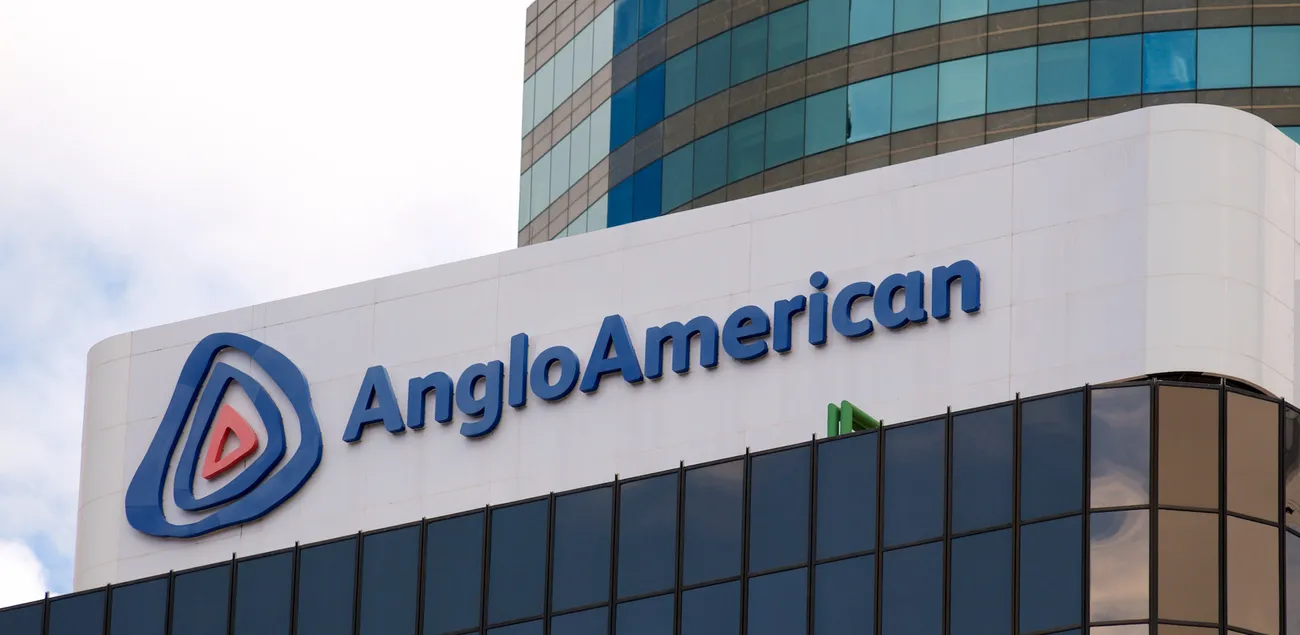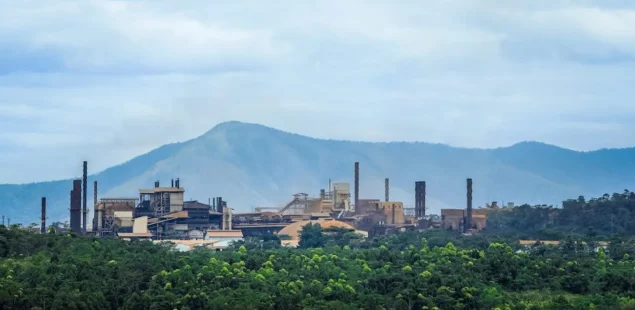
Anglo American, diversified miner, reported a first-half loss attributable to shareholders of $1.88 billion as lower production from Copper Chile and De Beers dragged revenue down 7% to $8.95 billion, prompting an 83% cut in the interim dividend to $0.07 a share. The stock fell about 5% to 2,120 pence (≈$28.05 at £1=$1.3248) in London on Thursday as management flagged a 9% decline in group volumes on a copper-equivalent basis despite firmer prices for the red metal. The company is pushing through a portfolio overhaul to focus on copper and iron ore while exiting diamonds, steelmaking coal and nickel.
Earnings pressure concentrated in De Beers
Underlying EBITDA from continuing operations fell 20% to $2.96 billion, with management highlighting a roughly $0.5 billion year-on-year deterioration at De Beers amid subdued rough-diamond demand. EBITDA margin slipped to 32% from 37%. Anglo reiterated it is running a formal sale process for De Beers; CEO Duncan Wanblad has said a trade sale is preferred even as Botswana signals it could seek greater control over the unit.
Production trends: copper down, iron ore steady
Group copper output decreased 13% versus the prior period, reflecting grade and sequencing headwinds in Chile, while iron ore rose 2% to 31.38 Mt helped by Minas-Rio, and diamonds output weakened sharply amid ongoing market curbs. Anglo’s second-quarter production update last week underscored the divergence—iron ore steady, diamonds soft—heading into the second half.
Dividend mechanics and cross-currency context
The 7-cent interim dividend equates to a South African gross distribution of 125.01720 rand cents per share (net 100.01376 cps after 20% withholding), as disclosed in the JSE notice. At today’s rates (≈R18.13 per $1), the rand gross aligns with the $0.07 declaration. The LSE share slide to 2,120p is about $28.05 using a contemporaneous £/$ rate around 1.325.
Restructuring and portfolio shape
Anglo has demerged its platinum business (now Valterra Platinum), moved to divest nickel and steelmaking coal, and is pursuing options for De Beers as it concentrates capital on copper and iron ore. The strategy—accelerated after BHP’s unsuccessful approach—aims to lift returns and simplify reporting lines around core franchises including Quellaveco in Peru, the Chilean copper hubs, and Minas-Rio and Kumba in iron ore.
Market reaction and price backdrop
Shares weakened alongside other miners after tariff headlines stoked short-term price volatility, though the LME three-month copper benchmark remained near the high-$9,000s per tonne this week as grid and data-centre buildouts support demand. Investors will parse Anglo’s second-half copper run-rate and any milestones on De Beers and coal exits for evidence the slimmer portfolio can restore margins toward historical levels.
Company Background and Market Context
London-headquartered Anglo American operates globally across iron ore, copper and crop nutrients, with diamonds currently classified in continuing operations pending sale. First-half losses widened from $672 million a year earlier, and basic underlying EPS fell to $0.15 (continuing: $0.32), reflecting the production drag and diamond weakness. Management says copper and iron ore remain the earnings core, with capital priorities aligned to those businesses as disposals progress.
Copper, central to Anglo’s strategy, underpins electrification—from grids to EVs—and has held just below $10,000/t despite near-term noise around U.S. trade policy. If Anglo’s copper volumes normalise while the diamond exit reduces volatility, earnings leverage to copper pricing should increase—though delivery depends on stabilising Chilean operations and execution on asset sales.



